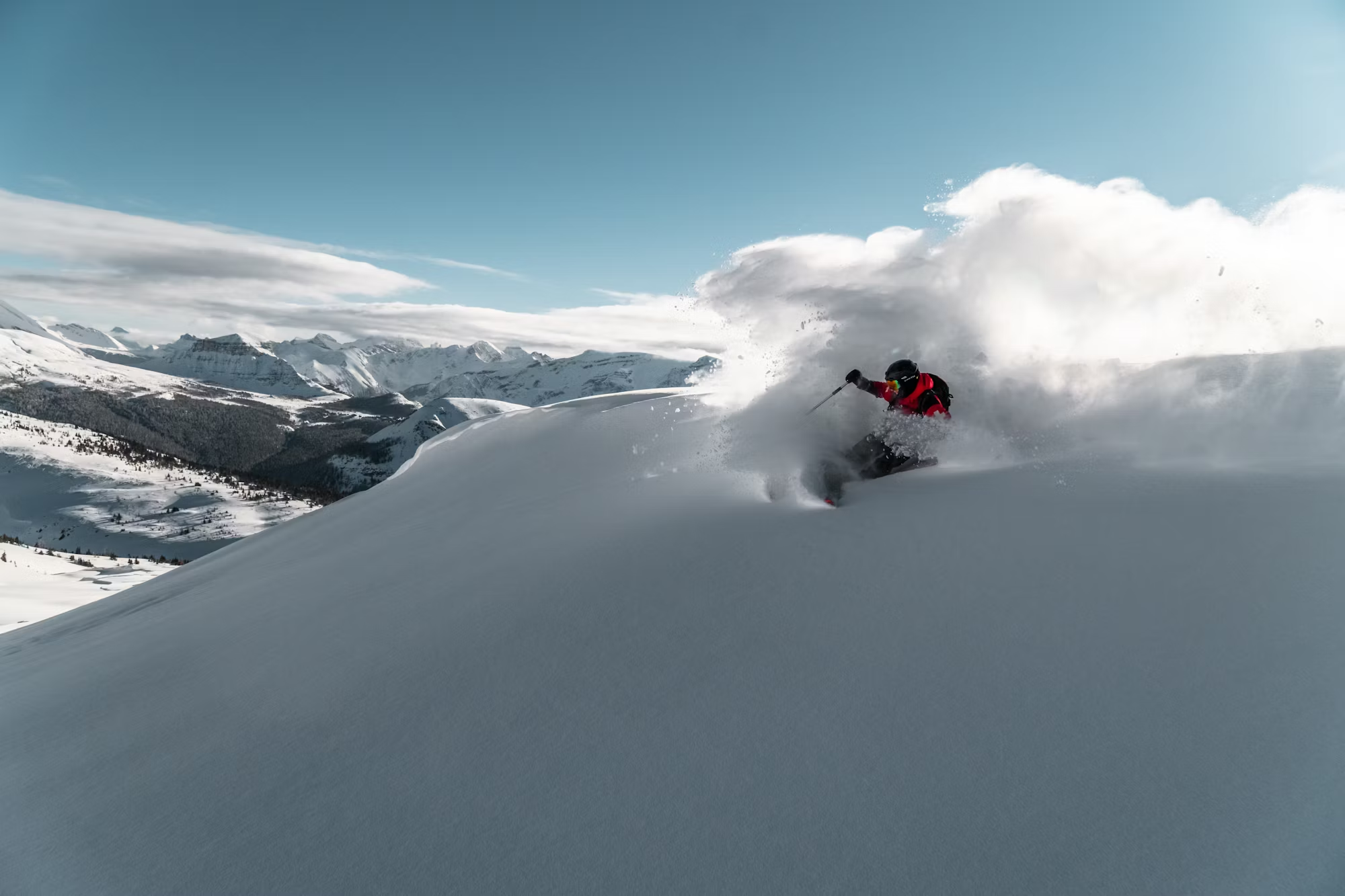Cycling has long been an integral part of modern life. From being a reliable form of transportation to becoming one of the most popular recreational activities in the world, cycling has a broad appeal that transcends age, geography, and experience. Whether it’s commuting through city streets, competing in high-stakes races, or embarking on long-distance adventures, cycling offers a sense of freedom and adventure like no other sport.
In recent years, the world of cycling has expanded beyond the traditional road racing scene, with new disciplines emerging that cater to diverse interests and skill levels. From the smooth, fast-paced world of road racing to the rugged terrain of mountain biking and the versatile adventures of gravel cycling, there is a cycling discipline for everyone. In this article, we will explore the various types of cycling, the differences between them, and what makes each style unique.
Road Cycling: The Race for Speed and Strategy
Road cycling is perhaps the most well-known and widely practiced form of cycling. It is the discipline that most people associate with competitive cycling, from the Tour de France to local criterium races. Road cycling typically takes place on smooth, paved roads, and it involves a mix of endurance, speed, and tactical decision-making.
At its core, road cycling is about covering long distances as quickly as possible. Whether you are participating in a race or going for a long training ride, the focus is on maintaining a steady pace, managing your energy, and dealing with the challenges of the terrain. Road cyclists rely on lightweight, aerodynamic bikes designed for speed and efficiency. These bikes feature narrow tires, drop handlebars, and lightweight frames to reduce drag and maximize performance.
Road cycling is not just about brute strength—it also involves strategy. In races, riders often form pelotons (groups of cyclists) to take advantage of drafting, where they ride closely behind one another to reduce wind resistance. This allows the group to maintain a higher average speed without expending as much energy. Understanding tactics like pacing, breakaways, and timing is crucial to success in road cycling, and it’s what separates the amateurs from the professionals.
For non-competitive cyclists, road cycling offers an incredible opportunity to explore new places, whether you’re going on a weekend ride through the countryside or a cross-country cycling tour. The versatility and accessibility of road cycling make it one of the most popular disciplines around the world.
Mountain Biking: Conquering the Trails and Terrain
Mountain biking is one of the most exciting and physically demanding forms of cycling. Unlike road cycling, which takes place on smooth, paved roads, mountain biking is all about tackling rough terrain, steep hills, and technical trails. Riders use specially designed mountain bikes equipped with wide tires, suspension systems, and durable frames to handle the challenges of off-road cycling.
Mountain biking can be broken down into several sub-disciplines, each with its own unique set of challenges and techniques. Cross-country (XC) mountain biking is the most traditional form and involves riding through a variety of trails that require both endurance and technical skill. Riders must be able to navigate obstacles like rocks, roots, and loose dirt while maintaining speed over long distances.
Downhill mountain biking, on the other hand, is all about descending steep, rugged terrain as fast as possible. This discipline involves high speeds, jumps, and sharp turns, and it requires exceptional bike handling skills. Downhill mountain bikers often wear full-face helmets and body armor to protect themselves from the high-speed impacts and potential falls that can occur during these intense rides.
Freeride mountain biking focuses on creativity and style, with riders taking on challenging obstacles like large jumps, technical descents, and natural features. Freeride riders often participate in events like Red Bull Rampage, where they perform tricks and stunts on rough, mountainous terrain.
For those looking to challenge themselves and explore the outdoors, mountain biking offers an adrenaline rush and an opportunity to connect with nature in a way few other sports can match. With trails and parks designed specifically for mountain biking, enthusiasts have access to a world of adventure, no matter where they live.
Gravel Cycling: Blending Road and Trail Riding
Gravel cycling is a relatively new discipline that blends the speed and efficiency of road cycling with the rugged adventure of mountain biking. It takes place on gravel roads, dirt trails, and less-developed routes that are often inaccessible to traditional road bikes. Gravel bikes are designed to handle rough surfaces and mixed terrain, featuring wider tires and more stable frames than traditional road bikes.
The appeal of gravel cycling lies in its versatility. Riders can use gravel bikes for long-distance touring, off-road adventures, or even competitive races. Gravel races like the Dirty Kanza and the Grinduro have gained popularity in recent years, attracting cyclists of all skill levels who want to test their endurance and skills in a more rugged environment. Unlike mountain biking, gravel cycling doesn’t typically involve technical obstacles or extreme descents, but it still provides a challenging and scenic way to ride.
Gravel bikes offer the best of both worlds, combining the speed and comfort of road bikes with the ability to handle rough, unpaved surfaces. Many gravel riders appreciate the opportunity to explore areas that are not accessible by regular roads, including forest trails, country lanes, and quiet backroads. Whether you’re looking to explore the countryside or compete in a challenging race, gravel cycling provides a unique and rewarding experience.
Cyclocross: Racing Through Mud and Obstacles
Cyclocross is a type of bike racing that takes place on short, closed-loop courses featuring a mix of terrain, including grass, dirt, sand, and sometimes even mud. Cyclocross races are typically held in the fall and winter months, which means riders often face challenging weather conditions, including rain, snow, and freezing temperatures.
Cyclocross bikes are similar to road bikes but feature wider tires, more robust frames, and disc brakes to handle the demands of off-road racing. The courses themselves often include obstacles like barriers, steep hills, and sharp turns, requiring riders to dismount and carry their bikes at certain points. This unique combination of cycling, running, and obstacle navigation makes cyclocross one of the most demanding and exciting forms of bike racing.
Races are typically short, lasting around 30 minutes to an hour, and they are designed to push cyclists to their physical limits. Cyclocross is popular in Europe, especially in Belgium, the Netherlands, and France, and it has gained a following in the United States as well. With its mix of endurance, skill, and strategy, cyclocross provides a unique challenge for riders who enjoy both road racing and mountain biking.
Urban Cycling: Navigating the City on Two Wheels
Urban cycling is all about using a bicycle for practical, everyday purposes, such as commuting, running errands, or simply getting around the city. It’s a discipline that prioritizes efficiency and convenience, with cyclists choosing bikes that are designed for the urban environment, such as single-speed bikes, city bikes, or folding bikes.
Urban cycling has become increasingly popular in recent years, thanks in part to the growing awareness of environmental issues and the desire for more sustainable modes of transportation. Many cities around the world have implemented bike-sharing programs, dedicated bike lanes, and other infrastructure to make cycling a safer and more convenient option for getting around.
Cycling in the city offers a range of benefits, from avoiding traffic jams and saving money on transportation costs to improving physical fitness and reducing your carbon footprint. For urban cyclists, the focus is on practicality and adaptability, with the goal of navigating through busy streets and getting to your destination as quickly and safely as possible.
The Future of Cycling: Innovations and Sustainability
As cycling continues to grow in popularity, new technologies and innovations are shaping the future of the sport. One of the most significant advancements in recent years has been the rise of electric bikes (e-bikes), which are equipped with motors that assist the rider in pedaling. E-bikes make cycling more accessible to a wider range of people, including those who may not have the physical ability to ride a traditional bike for long distances.
Another trend that is gaining momentum is the focus on sustainability. Many cycling brands are now producing bikes with eco-friendly materials, such as recycled aluminum and carbon fiber, and companies are working to reduce the environmental impact of manufacturing. Additionally, cycling continues to be seen as a viable alternative to driving, especially in urban areas where traffic congestion and air pollution are significant concerns.
The future of cycling looks promising, with more people embracing the sport for recreation, fitness, and transportation. Whether it’s the continued rise of e-bikes, the popularity of gravel racing, or the growth of bike-sharing programs, cycling is expected to play an even bigger role in the future of urban mobility and sustainable transportation.
Conclusion
Cycling is a sport that offers something for everyone. From the high-speed thrill of road racing to the rugged adventure of mountain biking and the versatility of gravel cycling, there are countless ways to enjoy riding a bike. As cycling continues to evolve, new disciplines and technologies will shape the future of the sport, making it more accessible and exciting than ever before. Whether you’re a seasoned racer or a casual rider, cycling provides a unique and exhilarating experience that is both fun and rewarding.




